Yes, a stroller can be very helpful for a newborn—but the best choice depends on your lifestyle and your baby’s stage of development.
Key Takeaways
- Strollers keep your hands free and can carry essentials, which simplifies outings.
- For newborns who can’t sit unsupported, choose a stroller that allows a flat or fully reclined position (bassinet or true lie-flat seat) and always use the harness. [3]
- Avoid letting babies routinely sleep in sitting devices (e.g., car seats, strollers, swings) and move them to a safe, flat sleep surface when possible. [4]
- Match the stroller to your routine: for short errands or tight spaces, a carrier or travel-system frame may be easier; for longer walks, a bassinet/lie-flat option adds comfort. [3]
Benefits of Using a Stroller for a Newborn
“A baby is something you carry inside you for nine months, in your arms for three years, and in your heart until the day you die.” – Mary Mason
Convenience for Parents
Carrying a newborn everywhere is tiring—especially with diaper bags, bottles, and groceries. A stroller supports your baby and frees your hands. Many models include cup holders and storage baskets that make errands and park days easier.
Safety and Comfort for the Baby
Newborn-friendly strollers prioritize a flat or fully reclined position (via a bassinet or lie-flat seat) and a secure five-point harness. These support your baby’s developing body and help prevent slumping. Choose models that meet the U.S. stroller safety standard (CPSC’s 16 CFR part 1227, incorporating ASTM F833) and register your product to receive recall alerts. [1] [2] [3]
Important: The American Academy of Pediatrics (AAP) advises that sitting devices (including car seats and strollers) are not recommended for routine sleep, especially for infants under 4 months. If your baby falls asleep while strolling, transfer them to a safe, flat sleep surface when you can. [4]
Suitable for Long Walks and Outings
If you enjoy long walks or park visits, a stroller with good suspension and supportive seating keeps your baby comfortable and helps you avoid fatigue.
Storage for Baby Essentials
Undercarriage baskets and pockets carry diapers, wipes, bottles, and spare clothes so you’re not juggling a heavy bag. Look for large, easy-to-reach baskets and avoid hanging heavy bags from the handlebar (which can tip the stroller). [3]
Types of Strollers Suitable for Newborns

Full-Size Strollers
Full-size models are the “do-most-things” option. Many offer a true lie-flat recline or accept a newborn bassinet. They tend to be sturdy for daily use but can be bulky; check folded dimensions if trunk space is tight.
Tip: Adjustable handlebars help caregivers of different heights push comfortably. [3]
Travel System Strollers
Travel systems pair an infant car seat with a stroller frame so you can click the seat in and out of the car without waking your baby—handy for errands and short trips. Always use manufacturer-approved adapters and keep car seats rear-facing in the car. Limit time in the car seat when not traveling and transfer your baby to a safe, flat sleep surface as soon as practical. [5] [4]
| Feature | Why It’s Helpful |
|---|---|
| Car Seat Compatibility | Move baby between car and stroller with minimal disturbance (use approved adapters). [5] |
| All-in-One Design | Combines car seat + stroller frame to simplify quick outings. |
Bassinet Strollers
Bassinet attachments provide a flat, enclosed space that’s suitable for newborns while you are out and about. Supervise naps on the go and follow safe-sleep guidance; most stroller bassinets are not intended for unsupervised or overnight sleep unless specifically rated by the manufacturer. [3] [4]
“Parenting is the easiest thing in the world to have an opinion about, but the hardest thing in the world to do.” – Matt Walsh
Features to Look for in a Newborn Stroller
Focus on a secure five-point harness, effective brakes, stability, and a flat/near-flat newborn position. Lockable front wheels help on uneven paths; reflective elements improve visibility at dusk. [3]
| Feature | Why It Matters |
|---|---|
| Five-Point Harness | Prevents slipping/standing; keeps baby secure. [3] |
| Reliable Brakes | Stops roll-away, including on slopes. [3] |
| Lockable Front Wheel(s) | Improves stability over rougher ground. [3] |
| Recline/Lie-Flat or Bassinet | Supports newborns who can’t sit up yet. [3] |
Note: If shopping in person, test how easily the stroller folds, steers, and adjusts—and verify it lists compliance with ASTM F833/16 CFR part 1227 or has JPMA certification. [1] [2]
Alternatives to Strollers for Newborns
Baby Carriers and Wraps

Carriers and wraps can be a game-changer for quick errands or around the house and may promote bonding and soothing. Follow fit and airway safety guidance (keep baby’s face visible and kissable, chin off chest, and ensure clear breathing at all times). [6]
Using a Car Seat with a Base

This works well for short, supervised out-of-car stops. In vehicles, keep infants rear-facing and install per the seat and vehicle manuals (consider a certified Child Passenger Safety Technician if you’re unsure). Outside the car, avoid prolonged time in car seats and move sleeping babies to a flat surface when possible. [5] [4]
Scenarios Where a Stroller May Not Be Necessary
For quick store runs or house visits, a soft carrier or just carrying the car seat (briefly) may be simpler. If you rarely walk long distances and have limited storage, you might delay a stroller purchase.
Factors to Consider Before Skipping a Stroller
Ask yourself:
- Where will I use the stroller most often?
- Which features matter (recline, suspension, storage, compact fold)?
- What space do I have in my car/home?
- What’s my budget (including adapters and accessories)?
Strollers vary widely. For newborns, ensure a full recline or bassinet/infant car seat option for safe positioning—and verify standards compliance. [1] [3]
Using a stroller can streamline daily tasks and keep newborns comfortable when configured with a bassinet or true lie-flat seat. Still, not all families need one right away—some prefer carriers for closeness and hands-free convenience. Choose based on your routines and space, and prioritize safety.
Note: Urban families often value lightweight strollers for small spaces and public transit.
Frequently Asked Questions
Do I need a stroller if I already have a baby carrier?
Not necessarily. Many parents use both: carriers for quick errands and around the house, and a stroller for longer outings or when you need storage. [6]
How long can I use a stroller for my baby?
Follow the manufacturer’s limits. For example, some single seats are rated up to 50 lb (e.g., UPPAbaby VISTA Toddler Seat) while others go to 65 lb (e.g., Baby Jogger City Mini GT/GT2). Check your manual for both weight and height limits. [7] [8]
When can I jog with my baby in a stroller?
Wait until your baby has strong head/neck control—often around 6 to 8 months—and use a purpose-built jogging stroller per the manual. Before that, you can walk using a compatible bassinet or infant car seat. Always buckle up and use the wrist strap. When in doubt, ask your pediatrician. [3]
Can I buy a second-hand stroller for my newborn?
Yes—inspect carefully. Confirm there are no recalls, the frame and brakes work, the harness is intact, and all parts are original/undamaged. Verify compliance with current standards and clean/sanitize before use. Register the product with the manufacturer for recall alerts. [2] [3]
Conclusion
Do you need a stroller for a newborn? It depends on your routine, space, and budget. Many families benefit from a newborn-ready stroller, while others start with a carrier or travel system. Whatever you choose, prioritize a flat/lie-flat newborn position, proper harness use, and adherence to AAP/CPSC guidance for safe, comfortable outings.
References
- Consumer Product Safety Commission. Safety Standard for Carriages and Strollers (16 CFR Part 1227). Incorporates ASTM F833. Accessed 2025-10-11. ecfr.gov/current/title-16/…/part-1227 ↩
- CPSC. Carriages and Strollers — Business Guidance. Accessed 2025-10-11. cpsc.gov/…/Carriages-and-Strollers ↩
- American Academy of Pediatrics (HealthyChildren.org). How to Choose a Safe Baby Stroller. Accessed 2025-10-11. healthychildren.org/…/How-to-Buy-a-Safe-Stroller.aspx ↩
- AAP/AAP News & HealthyChildren.org. Sitting devices not for routine sleep; Safe sleep guidance. Accessed 2025-10-11. aapnews; healthychildren.org ↩
- NHTSA. Car Seats & Booster Seats. Rear-facing use and installation guidance. Accessed 2025-10-11. nhtsa.gov/vehicle-safety/car-seats-and-booster-seats ↩
- AAP (HealthyChildren.org). Baby Carriers: Backpacks, Front Packs & Slings. Accessed 2025-10-11. healthychildren.org/…/Baby-Carriers.aspx ↩
- UPPAbaby Support. VISTA bassinet/toddler seat limits. Accessed 2025-10-11. support.uppababy.com/…/VISTA ↩
- Baby Jogger. City Mini GT/GT2 User Manual (weight limits). Accessed 2025-10-11. scene7.com/…/US_City_Mini_GT.pdf ↩

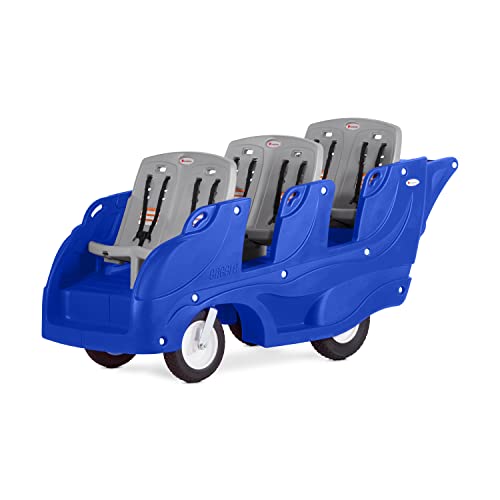
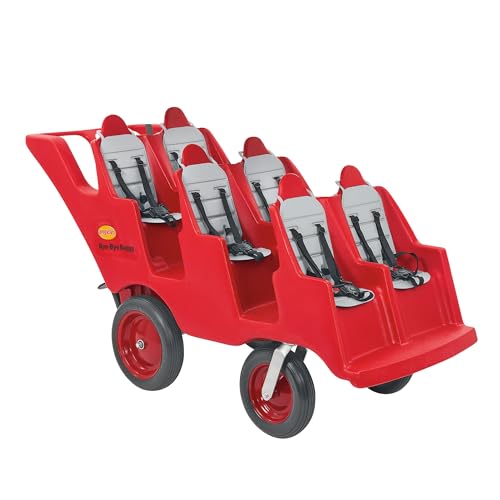
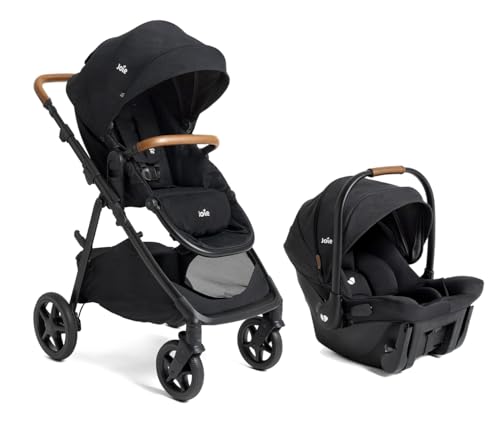
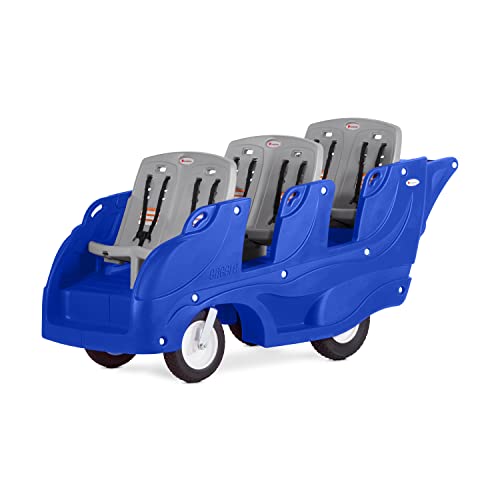
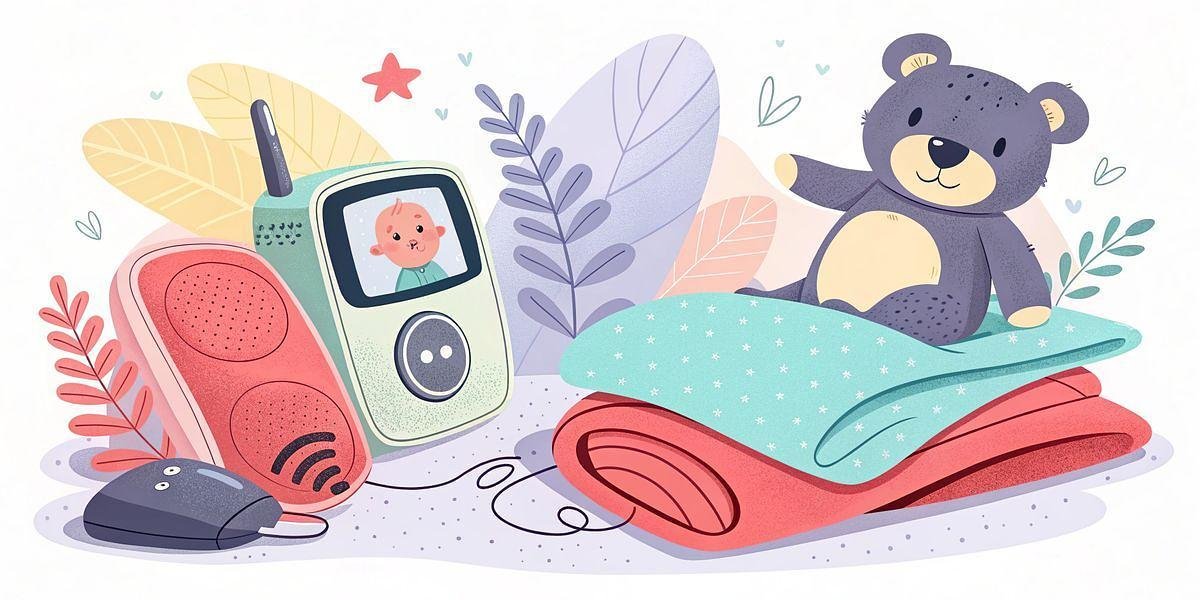

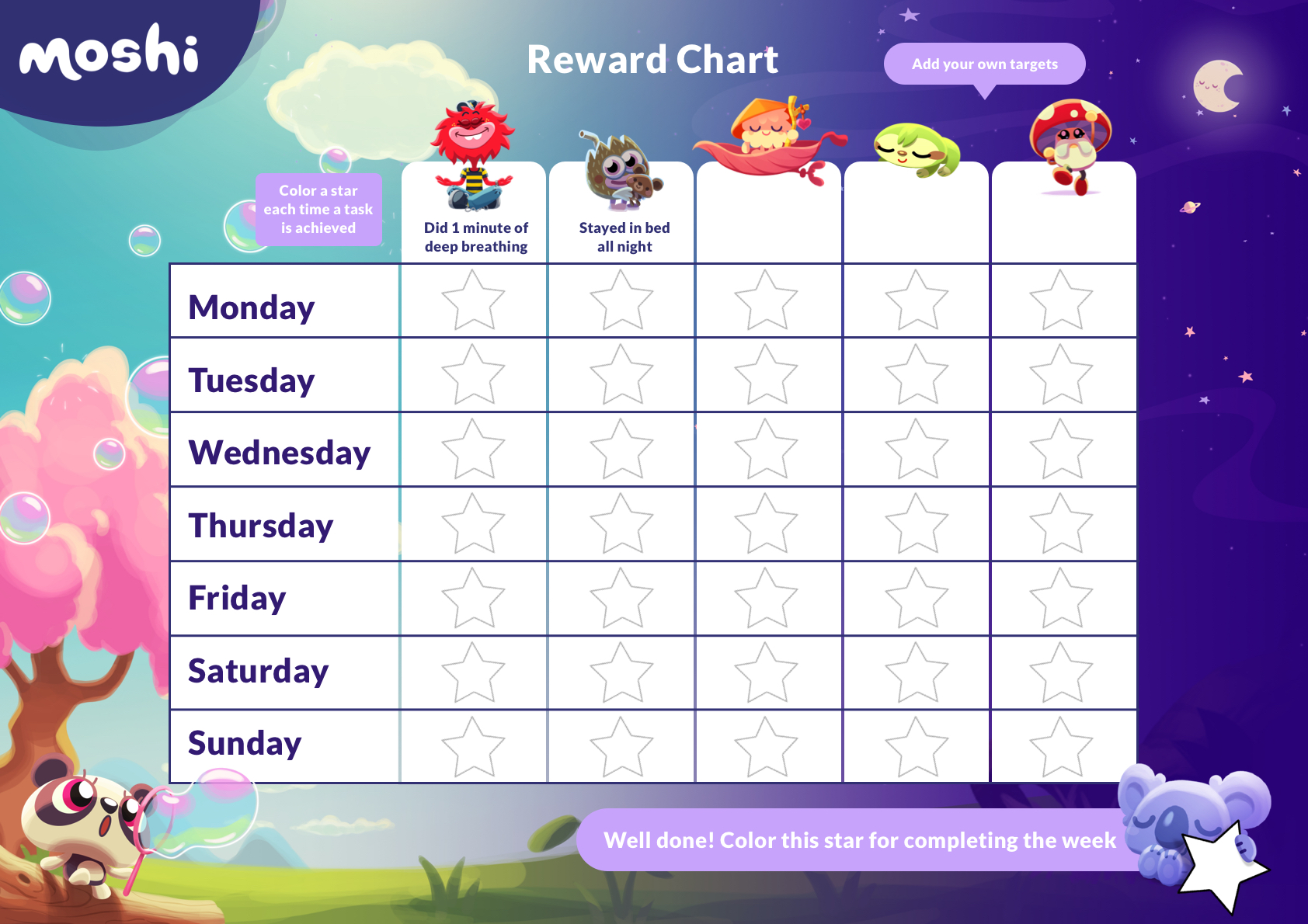

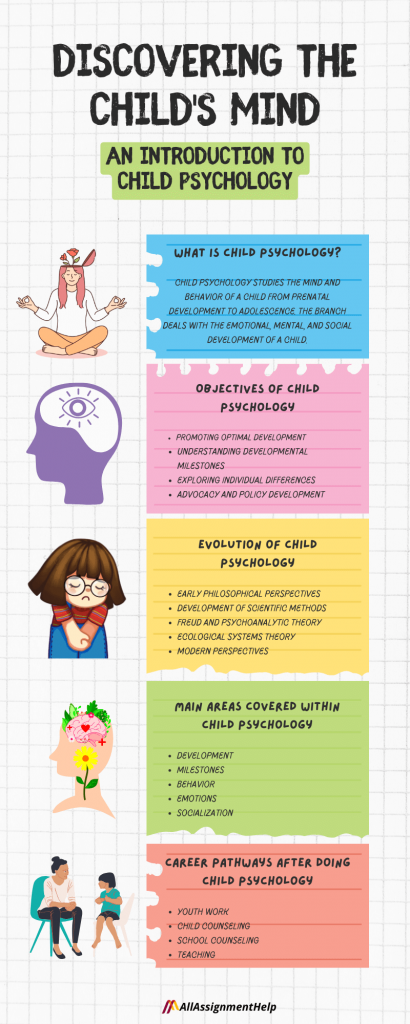
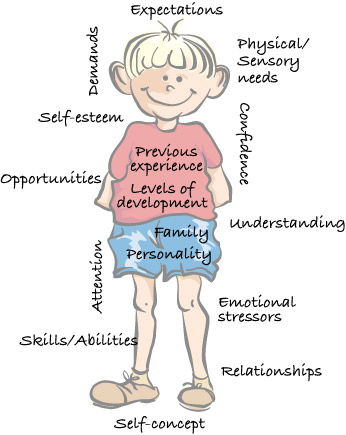

4 thoughts on “Do You Need a Stroller for a Newborn? Types, Safety & Alternatives”